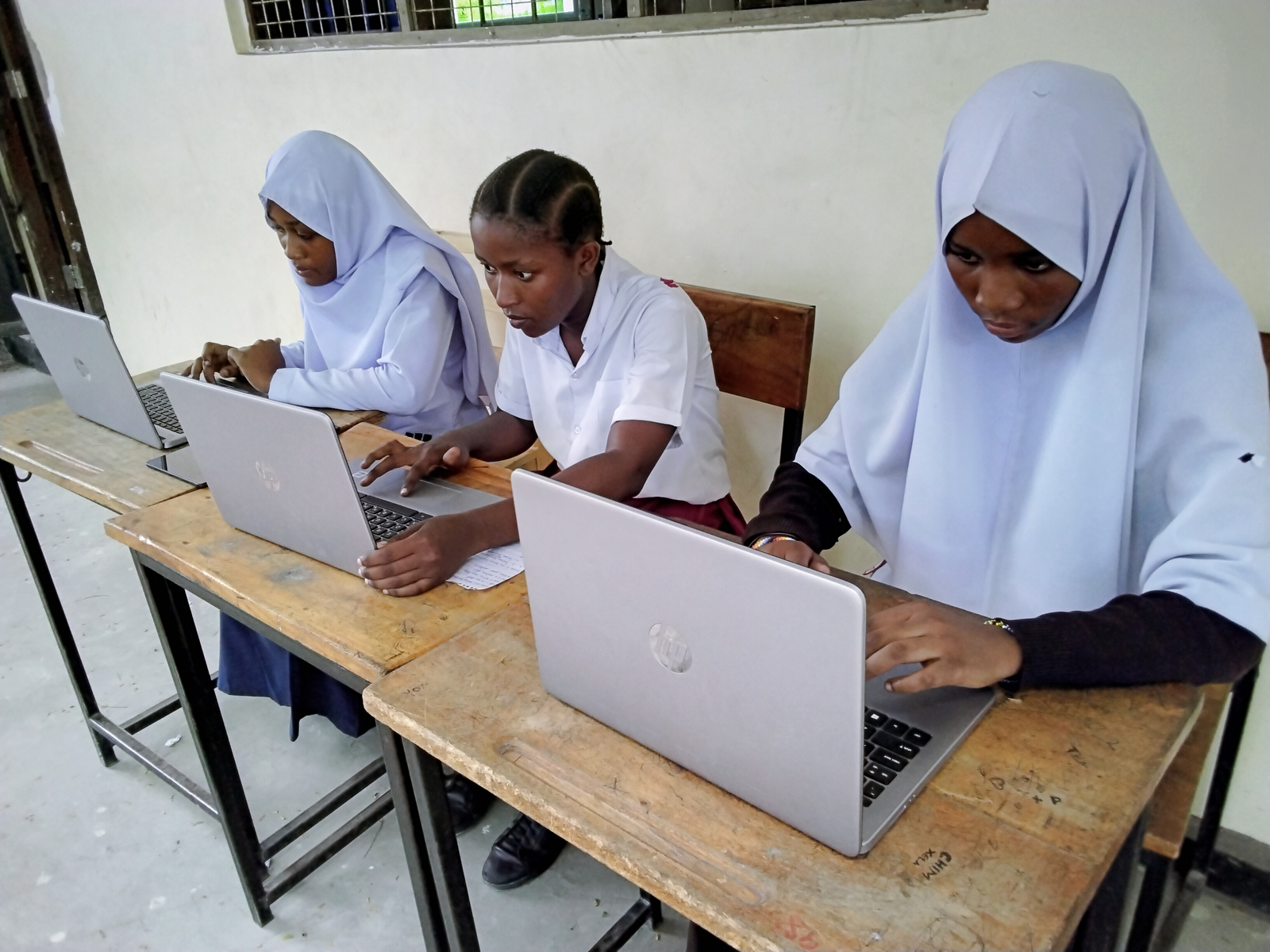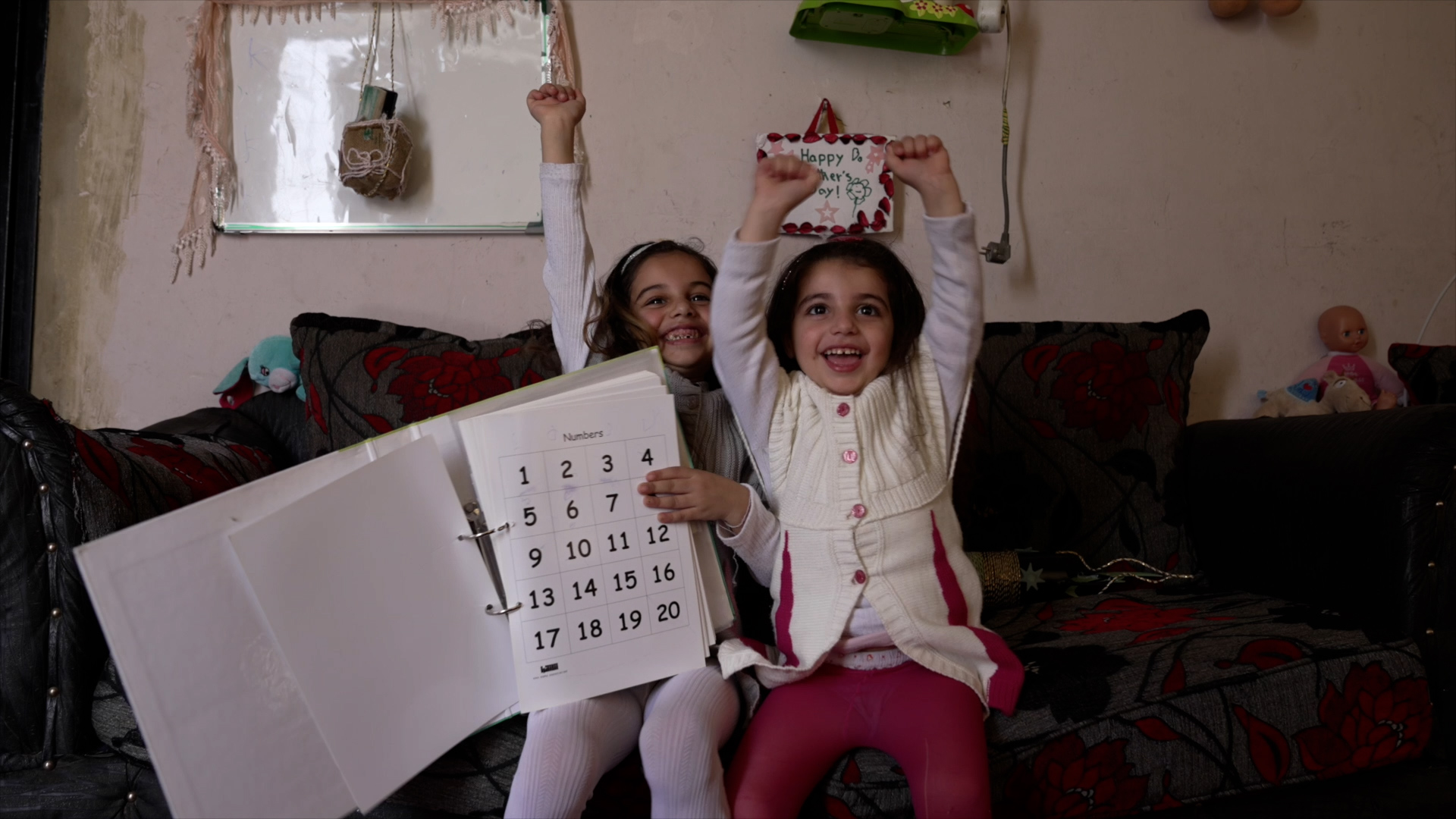
Five things you need to know this week about global education
Children in conflicts, Education in emergencies, Girls' education, Refugees and internally displaced people, Technology and education
A global call on education in emergencies, hope for refugee children on the Greek islands and a dire warning on girls' schooling are in our weekly news roundup.
Jump to
- Theirworld in global call to Act4Education in Crisis
- As 70m flee conflict and oppression, hope for refugee children on Greek islands
- 150 years until all girls get quality education, report warns
- UK aid funds world's biggest education technology project
- Earthquake-hit schools rebuilt - but more needs to be done
Theirworld in global call to Act4Education in Crisis
Theirworld has joined the growing call for urgent action to support efforts to mobilise $1.8 billion by 2021 to provide quality education for children caught up in humanitarian crises.
Education Cannot Wait – the global fund for education in emergencies – and its partners are urging governments, private sector companies, philanthropic foundations and global leaders to support its efforts.
In times of crisis, education can play a crucial role. But it receives only about 2% of humanitarian aid funding.
Under the banner of Act4Education in Crisis, the partnership has outlined how $1.8 billion would reach almost nine million children affected by conflicts and disasters. It would ramp up multi-year programmes in at least 25 priority countries.
"Hope dies when a child or young person is unable to plan and prepare for the future. It is up to us to keep hope alive" – Gordon Brown @OfficeGSBrown
We need to #Act4Ed in crisis now! #EducationCannotWait
Take action: https://t.co/zbNHszQEZb pic.twitter.com/ecxLEbfGRo— Theirworld (@theirworld) June 18, 2019
James Cox, Theirworld’s Head of Advocacy for Global Education, said: “Back in 2015, Theirworld convened the coalition of 55 major civil society and campaigning organisations – including Global Citizen, the Global Campaign for Education, Save the Children and Plan International – that campaigned together for the creation of the first ever multilateral fund for education in emergencies.
“At the World Humanitarian Summit in 2016, our vision of a brighter future for some of the most marginalised children in the world took a leap forward with the creation of Education Cannot Wait.
“Education Cannot Wait has reached over 1.3 million children and youth in 19 countries in just over two years. Now we want to make sure the world’s emergency education response scales up to reach nine million children in need of education in some of the world’s worst humanitarian crises.”
As 70m flee conflict and oppression, hope for refugee children on Greek islands
The number of people forced from their homes by conflict, violence and persecution has hit 70.8 million – the sixth year in a row that the figure has increased and reached a new record total.
There are now 25.9 million refugees, 41.3 million displaced in their own countries and 3.5 million asylum seekers (those waiting for refugee status). Over half of them are children and adolescents under 18 – many of them out of school and at risk of child labour, early marriage, exploitation and recruitment by armed forces.
The shocking statistics were revealed on the eve of yesterday’s World Refugee Day by the United Nations refugee agency UNHCR in its annual Global Trends report. It showed there were 13.6 million newly displaced people in 2018.
One “hidden crisis” is on the Greek Aegean islands, which are now home to 15,000 refugees and asylum seekers. But many of the children living in poor conditions at reception centres will soon get access to education thanks to a partnership involving Theirworld – through the charity’s work with the Dutch Postcode Lottery – and Education Cannot Wait.
Theirworld President Justin van Fleet said: “Within a few weeks projects will begin in the Greek island camps. These will offer non-formal education to children designed to jumpstart the learning process and restore their self-confidence and mental resilience, bringing a sense of normalcy to an otherwise chaotic environment.”
150 years until all girls get quality education, report warns
The global goal is to get every girl in school and receiving 12 years of quality education by 2030. But a new report warns that is off target by 150 years.
The report by Plan International UK estimates that 13 million girls have been forced out of school completely due to conflict, disaster and famine. Adolescent girls are more likely to be married by 18 than to finish school, while two out of three won’t even start secondary school.
Tanya Barron, Chief Executive at Plan International UK, said: “This report is a wake-up call that more urgently needs to be done.
“Globally, adolescent girls bear the brunt of poverty and inequality. Humanitarian crises deepen these inequalities, placing girls at greater risk of early marriage, gender-based violence and pregnancy.”
UK aid funds world's biggest education technology project
UK aid is joining forces with British universities, researchers and education experts from around the world to create the largest ever education technology research and innovation project.
More than 380 million children worldwide will finish primary schools without being able to read or do basic mathematics. Among the major challenges for education technology in parts of Africa and Asia are:
- Too few opportunities for teachers to learn how to use technology to support children’s learning
- The technology is not in the right language
- Schools can’t maintain or replace the technology
The new UK aid-supported Education Technology (EdTech) hub is bringing together British universities, research companies and education experts to help children, teachers and governments in developing countries get up to speed with the new technology in their classrooms.
“For the first time there will be a substantial amount of practical research available to help teachers and governments around the world choose the right technology for their classrooms,” said UK Minister for Africa Harriett Baldwin.
Earthquake-hit schools rebuilt - but more needs to be done
Four years after the earthquakes that devastated parts of Nepal, 290 destroyed and damaged school buildings have been rebuilt in Gorkha district.
But progress is slow in remote areas and many students are still studying in makeshift classes for the past four years where they endure high temperatures in summer and severe cold during winter.
“We urge the authority to complete the construction of the building as soon as possible,” Rudra Uprety, headmaster of Sansari Mahendra Secondary School in Nayasanghu, told the Kathmandu Post.
The 2015 earthquake destroyed 513 school buildings in the district. As well as the 290 completed buildings, another 211 are under construction.
More news

